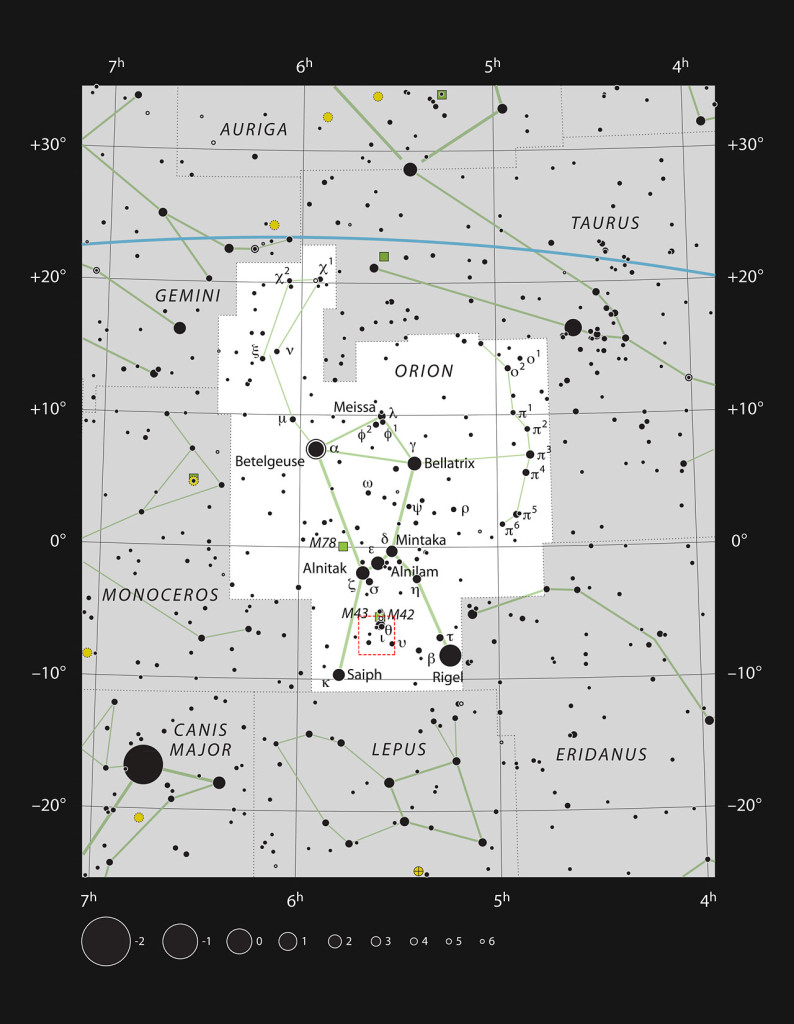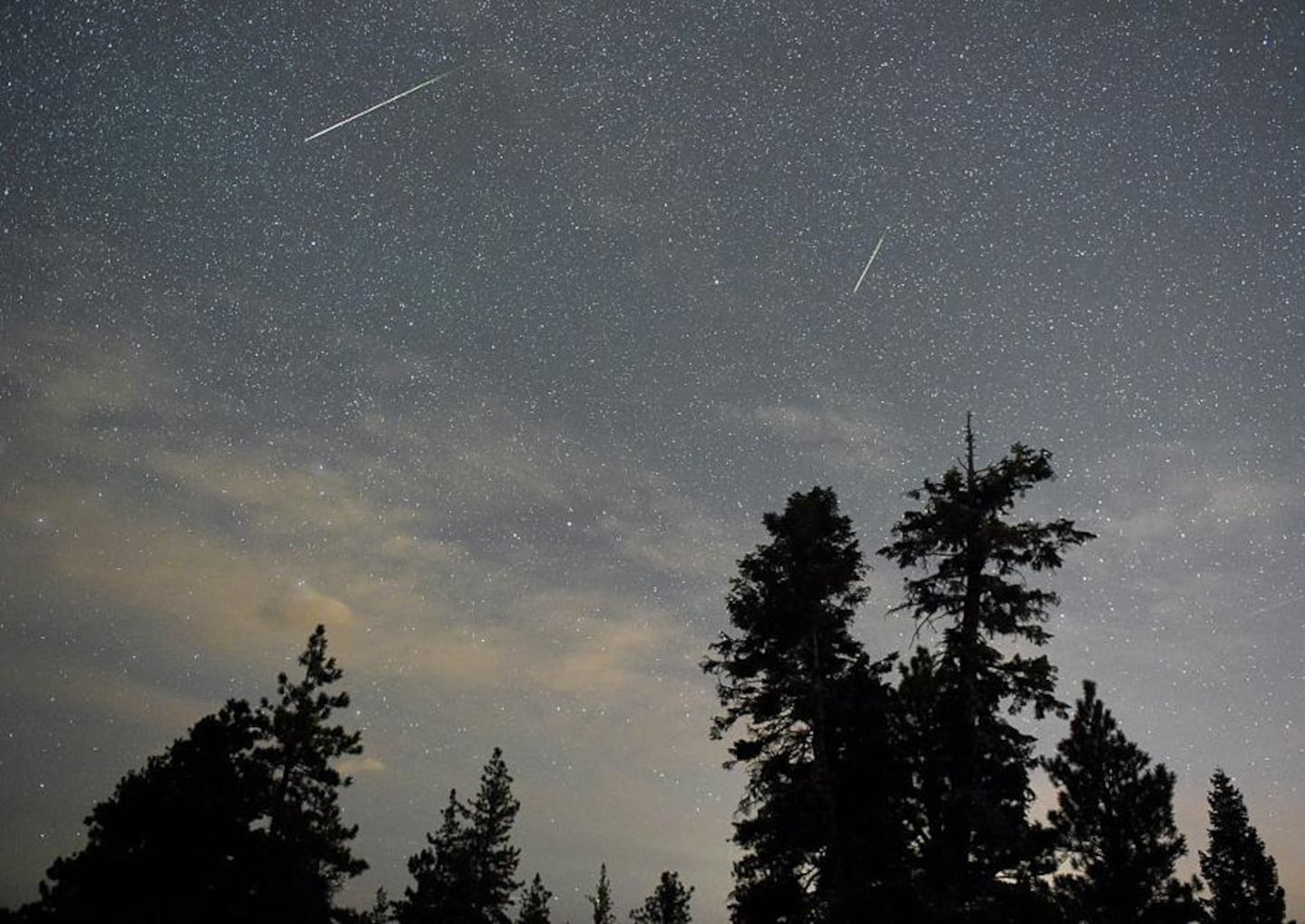The night sky has been lighting up with dazzling displays the last couple of months with visible planets and some awesome moon views. Halloween brought us a blue moon, which hasn’t happened since World War II. That’s according to Farmer’s Almanac, who also tells us that the spooky full moons on Halloween occur only once every 19 years! Marty Knight in Starke, FL got this awesome up-close view of the full blue moon: (Just a friendly reminder. Blue moons do not look blue. It’s just a saying. Thank you.)
Marty Knight sent this full moon pic from Starke. #FirstAlertWX pic.twitter.com/iRaiaCL4Sj
— Garrett Bedenbaugh (@wxgarrett) November 1, 2020
November Bright Planets
How to see Mercury, Venus, Mars, Jupiter and Saturn in the night or morning sky - REALLY easy this month! Mars, Jupiter, and Saturn will be noticed first thing after the sun sets at dusk/nightfall. Mercury and Venus do a dance with the crescent moon in the middle of the month. Here we go:

Looking east before the sun comes up will give you the great view of a crescent moon during the middle of the month. Venus and Mercury are close by! Venus is brighter than Mercury, and according to EarthSky, gazers in the Northern Hemisphere should have no problem seeing Mercury “underneath” Venus in the morning sky. As for the nighttime planets, Mars and Jupiter come out first as dusk completely turns to nightfall. Mars is the brightest thing up in the eastern half of the sky. In the western half, Jupiter. Saturn should be near by Jupiter, but much less bright.
Orion
A personal favorite here. When I first started star-gazing in high school, Orion was always my go-to. Easiest to find, and therefore easier to find constellations around it. With the time change in the United States, falling back from Daylight Saving Time to Standard Time, Orion first comes into view around 9 PM local time. And it rises earlier and earlier as winter progresses. Look for the big guy and see what else you can find around him: (photo courtesy EarthSky.org)
The three stars closest together make up Orion’s belt. Arguably one of the easiest features to spot in the night sky. Use the belt (Alnitak, Alnilam, and Mintaka pictured below) to easily find Orion.

Leonid Meteor Shower
Not the most spectacular meteor shower of the year, but still, it’s a meteor shower. Look east after midnight during the week of November 15, peaking before dawn on Tuesday, November 17. Meteor rates expected around 10-15 meteors per hour.
Cox Media Group





